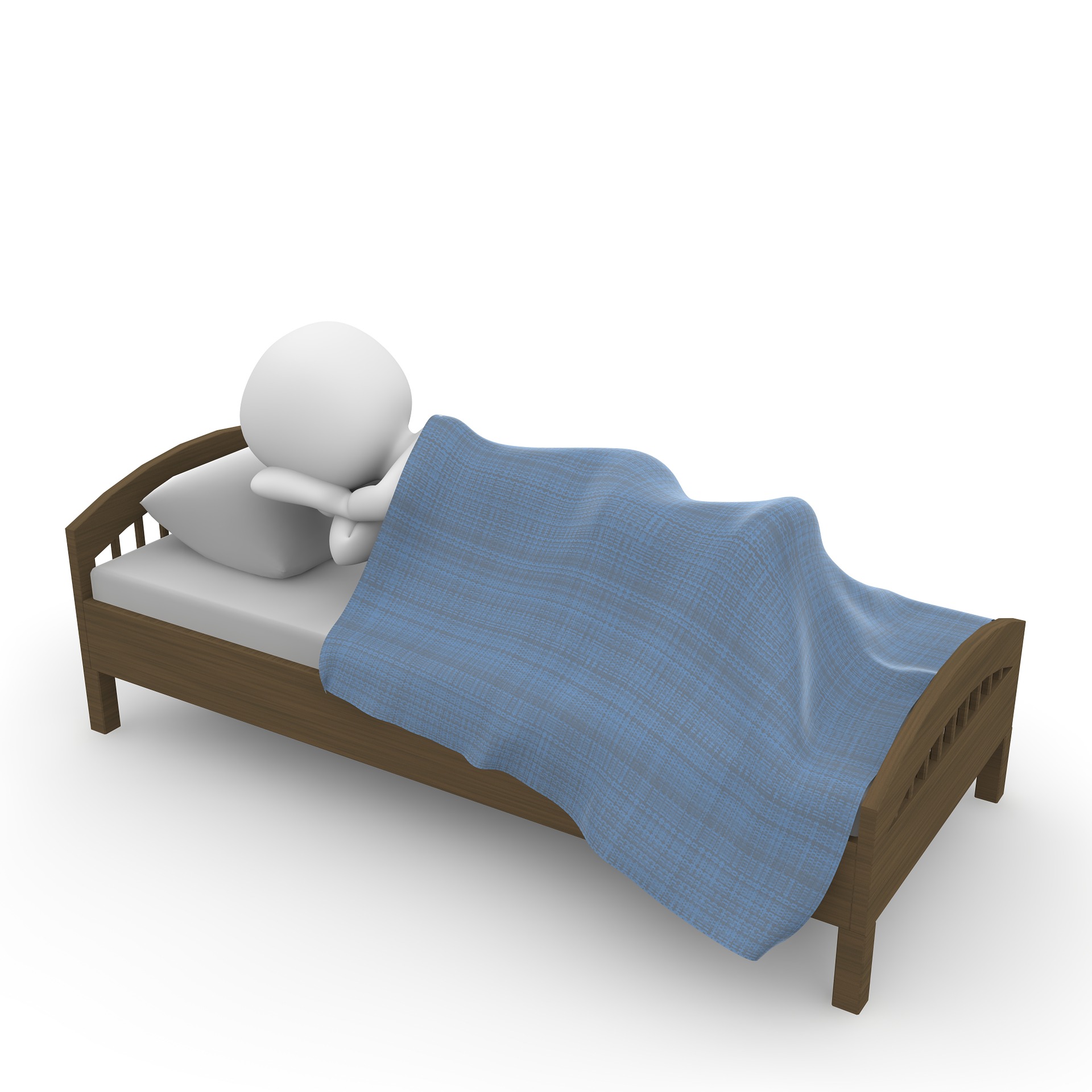We know that a number of factors can lead to obstructive sleep apnea (OSA) and that many patients experience more than just one of those symptoms. With that in mind, there have been various sleep studies out there that have shown how a person’s sleeping position can affect the severity of their sleep apnea. Additionally, some sleep apnea sufferers, their sleeping position is the leading cause for their sleep breathing disorder—who would have thought that? So, when a patient’s sleeping position is the leading cause, we can utilize positional therapy to help find relief.
What is Positional Therapy?
Here’s how it works: Positional therapy is simply the changing of one’s position during sleep in order to open the airway and allow for less obstructed breathing. Positional sleep therapy prevents, in one way or another, patients from sleeping in the supine position, which will often obstruct their airway.
Positional Therapy can be performed by completing one of the following:
- Strap a small ball to the back of the neck to prevent supine sleeping.
- Strap a foam wedge on the back to encourage side sleeping.
- Place an alarm that wakes the sleeper each time they roll on their back to sleep.
- Encourage a patient to train themselves not to sleep on their back.
While it doesn’t seem like much, positional therapy can significantly help your patients get a better night’s sleep. Additionally, it is only effective if the patient’s OSA is in part caused or aggravated by back sleeping. Positional therapy is not a cure for sleep apnea, but it can help to reduce the number of apnea episodes that occur per hour.
This is a therapy that is worth looking into to provide further help for our patients. What are your thoughts on positional therapy for help in providing relief from sleep apnea?





